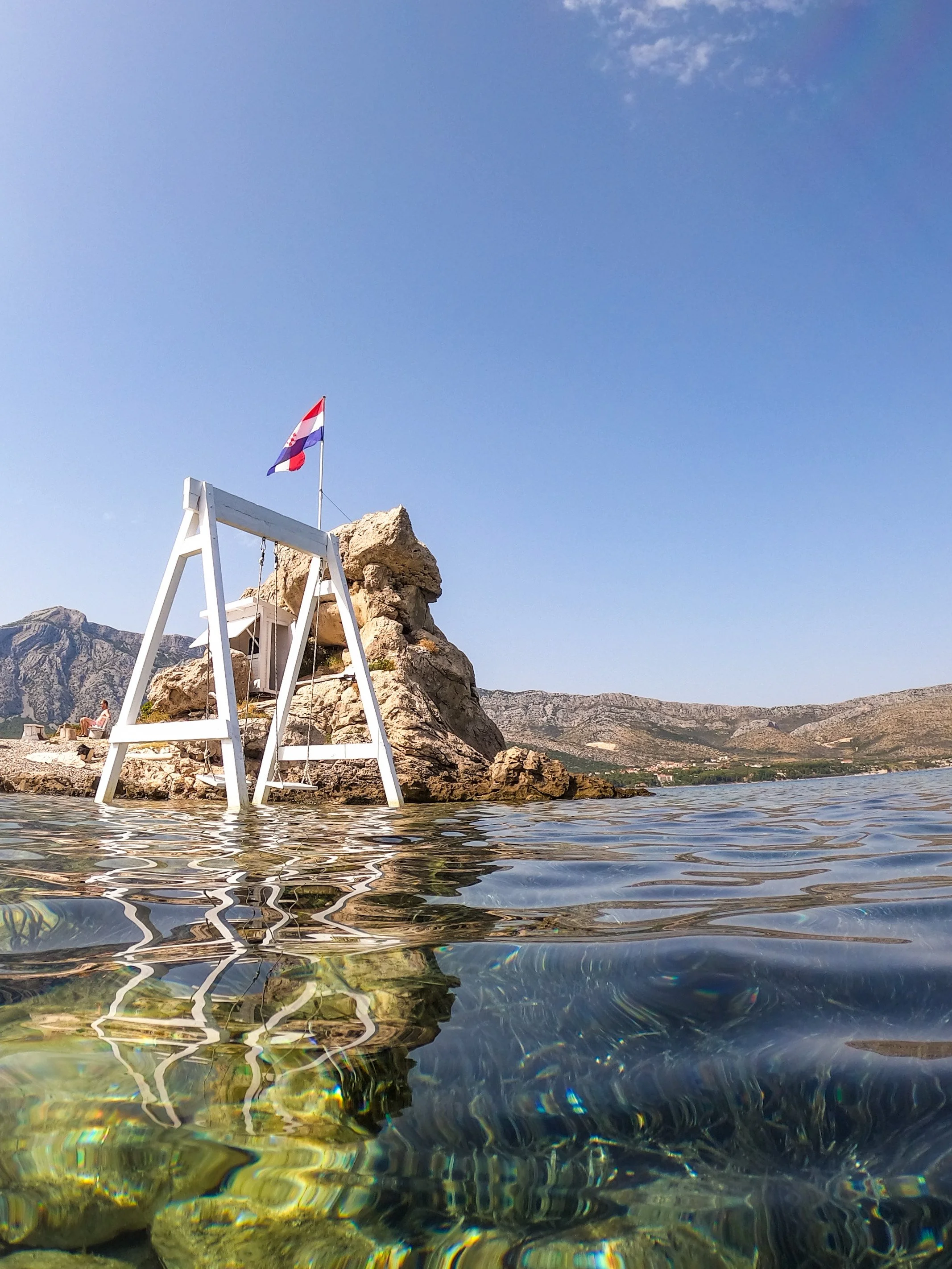Episode 65
Dobrodošli ljudi mojo!
Welcome everyone.
Does anyone need anything from the store?
For today’s lesson, we’ve got a great dialogue of a mother and daughter talking about such a trip to the dučan!
Stay tuned!
Lesson
to want - željeti
to need - trebati
to drink - piti
to buy - kupiti
to get one’s self ready - spremiti se
something - nešto
candy - bombon
Niva: Mama, ideš li u dučan danas?
Mama: Idem. Što ti treba, mala?
Niva: Želim gumeni bomboni i Kroki od kikirikija.
Mama: Želiš nešto za piti?
Niva: Da. Kupi mi Cedevitu od limuna.
Mama: Dobro. Idem se spremiti. Ajde, Bog.
Niva: Bog!
Super Slatko Report
In this episode’s edition of the SSR, DJ Moe tells about one of Croatia’s most magical islands, Otok Hvar! Beaches, lavender fields, orchards and wonderful small towns just to name a few highlights.
We hope you enjoy.
Hvar is an island located off the coast of Croatia in the Dalmatia region, between Brač, Vis & Korčula. According to Wikipedia, Hvar is 68km or 42.25 miles long. Hvar is lush with pine forests across its hill sides, intermingled with vineyards, olive groves, fruit orchards and lavender fields.
Hvar weather averages mild winters and warm summers with an estimated population of 11k according to a 2011 census.
Hvar has roots dating back to the ancient Greeks who settled a colony here, that went by the name Pharos back in 384 BC, making it one of the oldest towns in Europe. And during Venetian Empire rule Hvar was held a Naval Base. The island changed hands in 219 BC, this time under Roman Rule, when its name was changed to Pharia. Fast forwarding through time, the island changed hands multiple times, from Byzantine to the Kingdom of Croatia and Hungary, back to the Byzantine rule and its history rolls on to where we find it today, part of Croatia.
Most people that live on Hvar nowadays make their living in the fishing industry or tourism. Hvar actually advertises itself as “the Sunniest spot in Europe,” boasting 2715 of sunlight on avg. per year.
Hvar is known for,
its beaches, they’re simply stunning
The wine both red and white, using the Pravac Mali varietal
It’s lavender field and cultivation. Giving the Hvar the nickname the Island of Lavendar.
Famous Croatian, Ivan Vucetic, or Juan Vucetic, the Croatian - Argentinian father of DACTYLSCOPY, aka Finger Printing. (For reference please SSR # 45)
Things you need to do when you get there:
Visit Trdava Fortica - a stunning fort at the top of hill that looks down on Hvar and all of its red clay roof tops. It’s locally known as Spanjola, for Spanish Fort, but it was actually built by the Venetians in 1278. In 1571 the is fort saved the town folk when the Ottomans invaded, pillaging and destroying the town below, while keeping its people safe.
Stari Grad - aka the oldest town in Croatia, founded by the Greeks in 384 BC! As the island changed hands over time, so did this town, leaving behind some amazing archaeological sites to check out. This town is set adjacent to a bay, so picture a water front surrounded by a wealth of history.
Franciscan Monastery - Built near the sea and is considered a must see for any visitor. Home to several important 15th century paintings. The monastery is still in operation with one monk stationed there to maintain the grounds. There is no entrance fee, but a donation is recommended.
I hope this helps any future travelers who intend on visiting.
And that’s it for my Super Slatko Report!






